- Author Jason Gerald [email protected].
- Public 2024-01-19 22:11.
- Last modified 2025-01-23 12:04.
You may be running a program and don't want others to be able to access it for privacy or security reasons, especially if you share a computer. This article will cover the steps to hide the Run command history in Windows from the Start menu, or delete it entirely.
Step
Method 1 of 4: Clearing Run Command History via Registry Editor
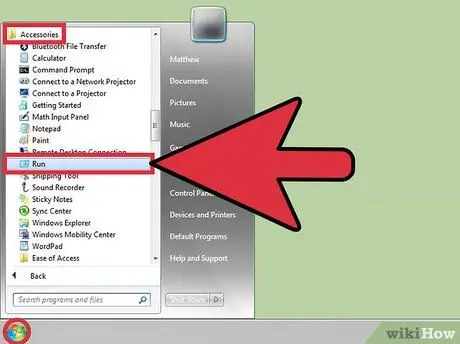
Step 1. Click the Start menu and select Run
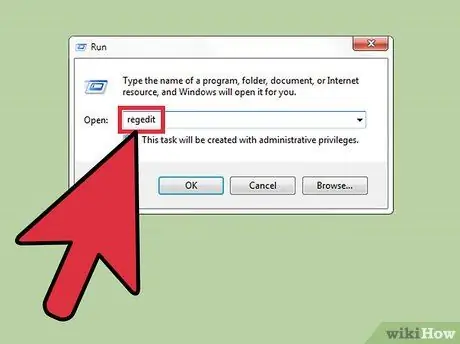
Step 2. The Run command dialog box will appear
Type "regedit" (without the quotes).
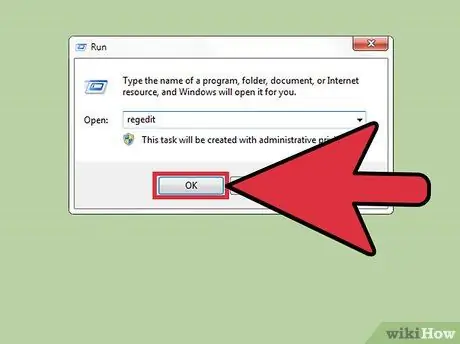
Step 3. Click OK to open Registry Editor

Step 4. Browse and open the RunMRU list from the following location:
-
HKEY_CURRENT_USER/Software/Microsoft/Windows/CurrentVersion/Explorer/RunMRU.

Delete Run History in Windows Step 5
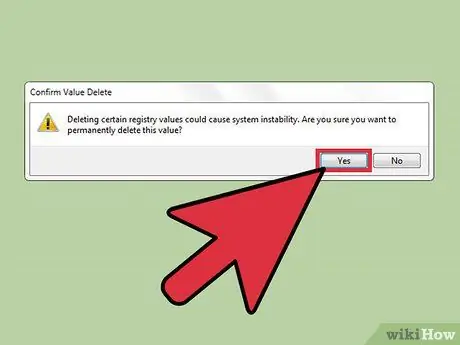
Step 5. In the right pane, you can see a list of programs that you have used when accessing the RUN command
Those programs will be listed as a, b, c, and so on. Right-click on the program you want to remove and select Delete. If you want to delete them all at once, delete the MRUList by right-clicking on the list and selecting Delete.
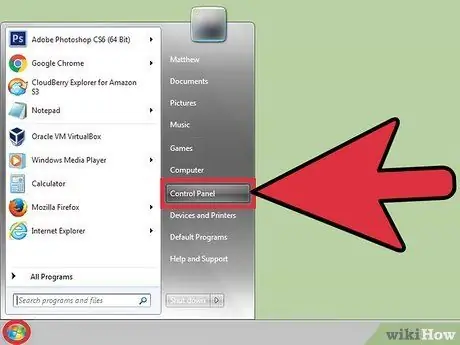
Step 6. Select Yes in the next dialog box to confirm
You will need to restart your computer for the changes to take effect.
Method 2 of 4: Hiding Run Command History on Windows 7
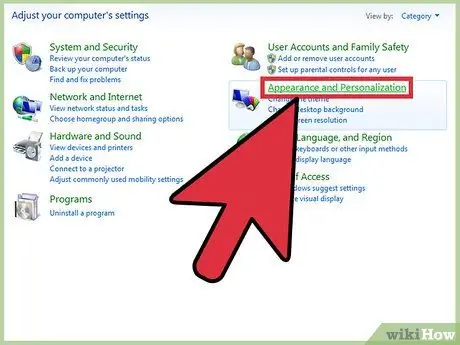
Step 1. Click the Start button and select Control Panel
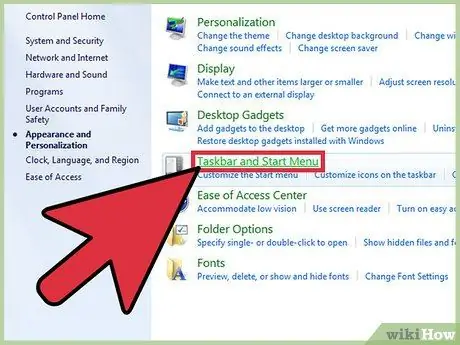
Step 2. Click Appearance and Personalization
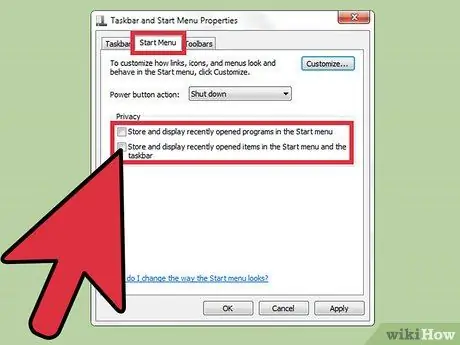
Step 3. Click Taskbar and Start Menu
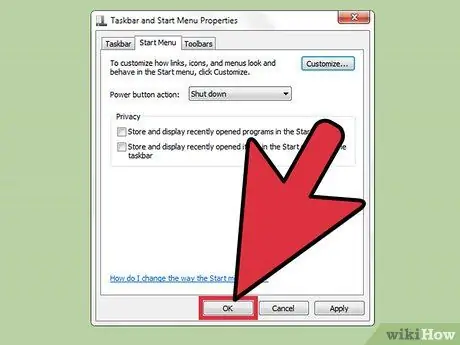
Step 4. Click the Start Menu tab
In the Privacy section, uncheck the Store and display recently opened programs in the Start menu option.
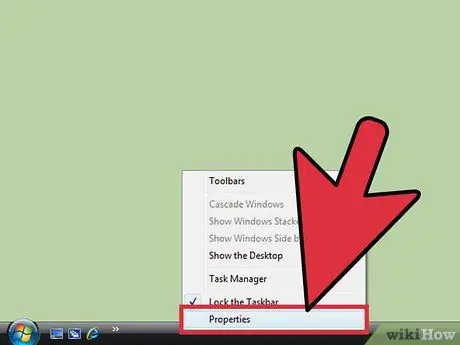
Step 5. Click OK
Method 3 of 4: Hiding Run Command History on Windows Vista
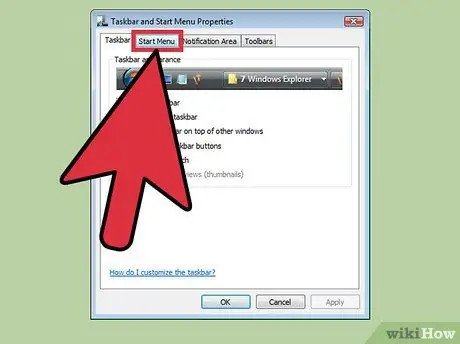
Step 1. Right-click on the Taskbar at the bottom of the screen and select Properties

Step 2. Select the Start Menu tab
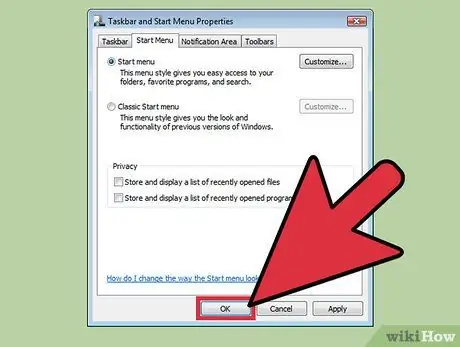
Step 3. In the Privacy section, uncheck the Store and display a list of recently opened programs option
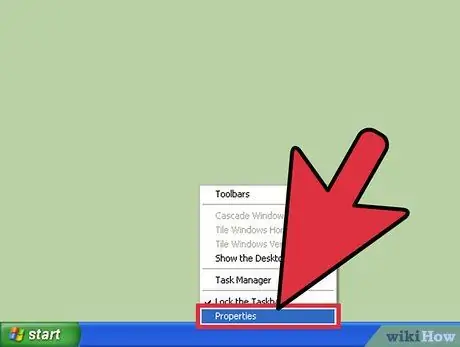
Step 4. Click Apply then select OK
Method 4 of 4: Clearing Run Command History on Windows XP
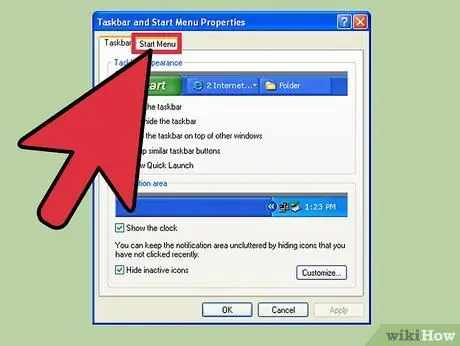
Step 1. Right-click on the Taskbar at the bottom of the screen
Select Properties.
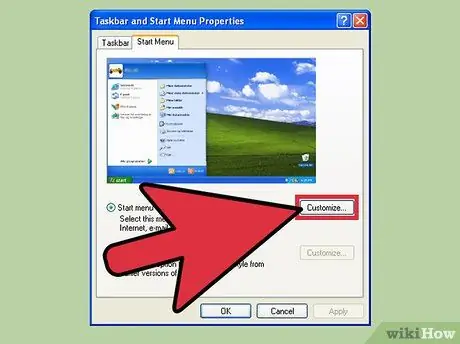
Step 2. Click on the Start Menu tab
This tab is located at the top of the Properties window.
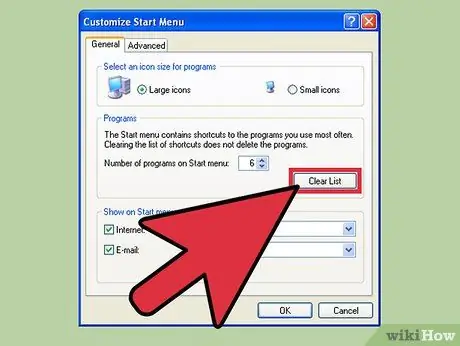
Step 3. Click the Customize button
Step 4. Click the Clear List button in the middle right of the Customize Start Menu window
Tips
- You can also access the "Run" command by pressing Windows key+R.
- If you want the Run command history to be deleted automatically every time you turn on the computer, then go to the following location in the Registry Editor: HKEY_CURRENT_USER → Software → Microsoft → Windows → CurrentVersion → Policies → Explorer. In the panel on the right look for ClearRecentDocsOnExit, double click on this list then fill in the value with the number 1 and make sure the Hexadecimal option is selected. Click OK and close the Registry Editor window.
- Create a Restore Point, to avoid inconvenience if a problem occurs.






